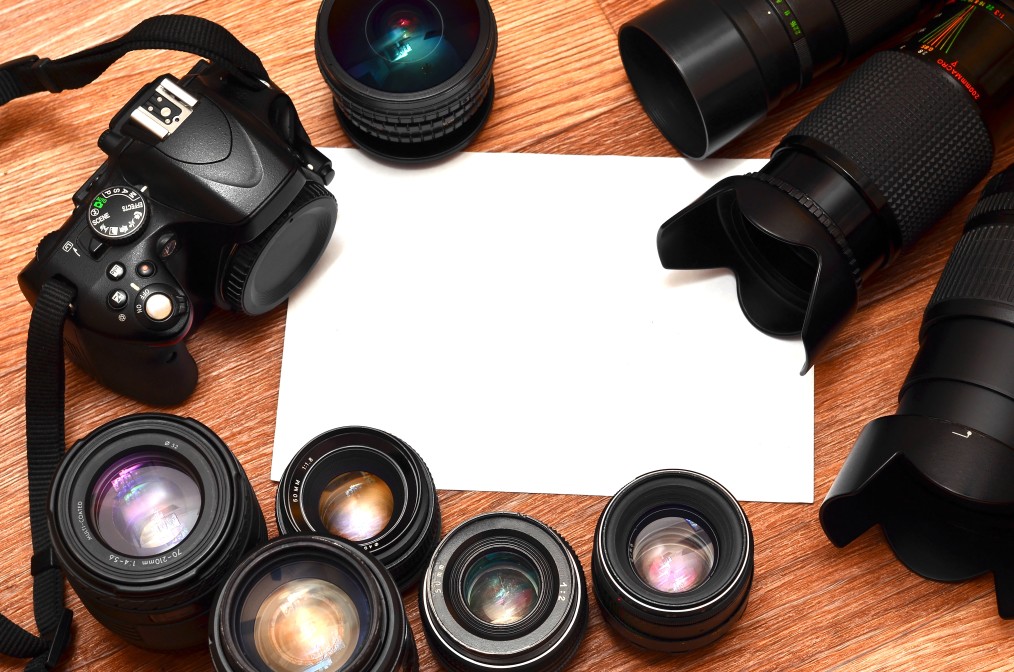Camera lenses are expensive! However, once you start to use the more advanced lenses, it becomes very evident why. Unfortunately, your images can only be as good as your equipment. Follow along in this guide to determine what your next lens should be.
Zoom vs Fixed Lens
When shopping in the lens department, you will be able to tell the amount of zoom in the lens by looking at the focal length. This can either be a zoom lens or fixed focal length (prime lens). The trade off between zoom and fixed is the zoom lens will usually have less quality than a prime lens at the same fixed focal length. However, the zoom lens benefit is obvious, as you can change the focal length of the lens without moving your feet.
Let me explain the last paragraph a bit more. Let’s assume a zoom lens is listed at 50mm – 150mm. So this would be a fairly zoomed in lens. Then let’s assume a fixed focal length lens is 85mm and costs about the same price (to ensure similar quality lenses). Since the zoom lens ranges from 50 to 150 mm, then it can obviously get to the focal length of 85mm. So if you shoot with the zoom lens at 85mm vs the prime lens which is always 85mm, the image from the prime lens will more likely produce a higher quality image.
The other data point is the minimum aperture. The larger the aperture, the more beautiful photographs you can capture for multiple reasons. First the bokeh produced at low apertures can result in phenomenal images. The other is low aperture allows more light to hit the sensor. This can provide some spectacular results with low light photography that the higher aperture zoom lens would have a hard time duplicating. Such a lens is essential for an evening event photographer.
So at this point, we should have a pretty good idea of prime vs zoom lens. Prime lenses only have one focal length and you must use your feet to zoom in or out. Zoom lens have variable focal lengths and you may still need to use your feet depending on how wide the zoom range is.
Types of Lenses
Macro Lenses
The first type we talk about is the macro lens. These lenses are able to focus the camera even though you are very close to the subject. This is paramount to shooting anything where this is required such as detailed shots of flowers, leafs, insects, butterflies and such. Just try to shoot something like a flower up close and you’ll realize you can’t focus your lens and need to back up a bit. This problem is what the macro lens solves.
Standard Lenses
Next we have standard lenses. They can be fixed or zoom and have descent range of about 35 to 100 mm. These are the most common lenses for the most common types of photography.
Wide Angle Lenses
We now look at wide angle and fish-eye lenses, which give a huge wide angle with curvature in the image. These can be cool, but keep in mind it’s hard to make wide angle lenses sharp and look as good as the 50mm and above lenses. So these are good for real estate and such, but I think you get more bang for your buck with a zoom lens that goes to the wide angle range than just purchasing a wide angle prime lens.
Telephoto Lenses
Finally, telephoto lenses take the cake. These can produce some awesome images! Incredible zoom while still producing professional results. They are a bit heavier but keep in mind that zoom actually increases bokeh. So a low aperture plus telephoto can give some amazing bokeh images and are probably very pricy. Of course with sports photography, wildlife photography, and the such, you’ll need a lens like this. When you can’t get too close or don’t want to get too close to your subject, this type of lens is a must have.
There are most likely other features to lenses but they most likely depend on your manufacturer and how they classify different features to help in your photography such as image stabilization. Image stabilization is just what it sounds like .. helps to stabilize the image if you have shaky hands or are using a slow shutter speed.
Hopefully, you have a more well rounded view of different type of lenses and the trade offs of each. It should also make more sense why some lenses cost more than others. The max aperture and focal lengths the lens cover are the key pieces of information needed to make an informative decision!












1 comment